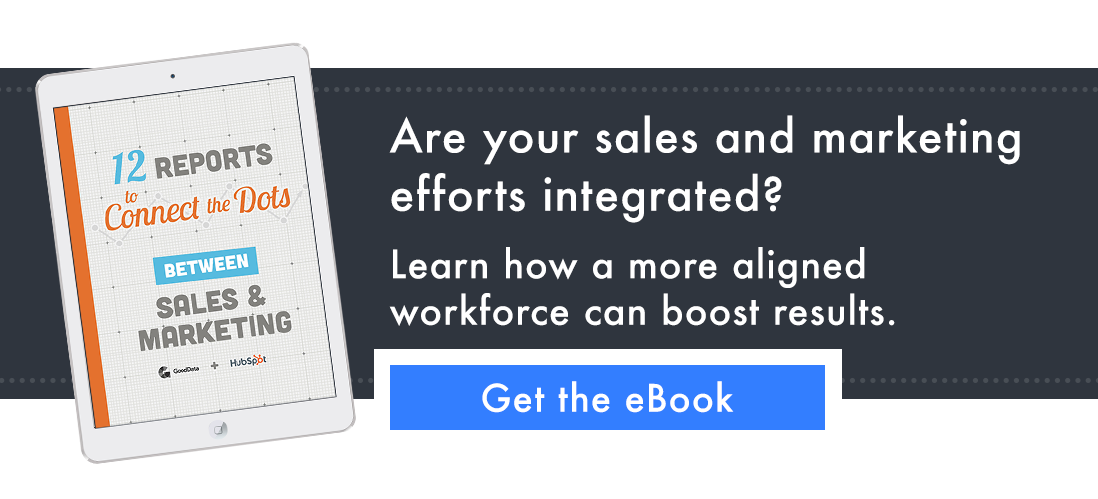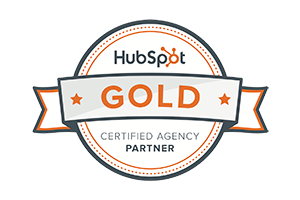
Omniconvert’s recent International Ecommerce Day featured some awesome speakers and sessions.
Talia Wolf, a very influential marketer who specializes in emotional marketing, shared tons of useful insights during her presentation “Turn your ‘OK’ A/B Testing Results, Into X10 in Sales and Business Growth.”
She shared why people aren’t getting the results they want from their AB tests, how to actually test something that matters, and why you need to make it all about your customer—not your business.
Here are the most insightful takeaways from the session.
1. Poor results happen because of a poor conversion optimization strategy or lack of a strategy altogether.
When it comes to conversion rate optimization, it’s important to 1. Have a strategy and 2. Have a good one. This means you have to ask yourself the following questions:
- What makes you unique?
- Why do customers buy from you?
The majority of companies will respond that they have the best product, high quality service, the most competitive prices, etc. In other words, they talk about themselves when they should be talking about their customers.
Think about it this way: There are hundreds if not thousands of brands out there competing for your audience. What’s more, consumers see between 4,000 and 10,000 messages every single day, meaning our brains are overloaded. This sense of overload is why the average website visitor only reads 20-28% of a site’s content.
Pair this with the fact that 60% of web visitors expect sites to load in less than three seconds, and you have yourself quite the marketing challenge. According to FastCompany, a one second delay in page load time results in 11% fewer page views, a 16% decrease in customer satisfaction, and a 7% loss in conversions.
People don’t have patience. They’re not going to wait for your website to load and they’re not going to wait for you to explain why they should use your product or service. This means that not only does your site need to load in less than three seconds, you have to get your message across in that time frame as well.
Because most marketers don’t understand this, they start AB testing silly things, whether that be a headline, CTA button or other specific elements on the page. The problem with these tests is that they produce little to no results and, if they do produce conversions, the marketers have no idea why.
The only way to make CRO work for you and your organization is to understand why one test worked and the other didn’t so that you can translate that knowledge into a better website, optimize sales funnels, and more.
2. Meaningful AB tests are based on customer emotions.
An impressive feat, Talia’s Emotional Targeting Methodology has produced an average 160% increase in ROI for her clients. It focuses on why people buy products and—hint, hint—it’s not because of your features or pricing.
The root of every conversion is an understanding of how people make decisions. This understanding is the only way to give customers the experience they want and get them to convert. This will turn mediocre AB testing results into 10 times more sales.
Another important thing to note: The problem isn’t the tools we’re using; it’s us. We’re looking at our target audience by demographics and forgetting that they’re actual people looking for a real solution to their challenges. As Talia so concisely said, we’re not selling a product, we’re selling a hero – a better version of the buyer. Ultimately, there’s an emotional reason behind every product sold.
3. You need to make it all about the customer.
People care about the why, not the what.
Don’t make it about your business; make it about the customer.
In order to do this, you first need to define your customer’s value. You can do this by talking to customers themselves, interviewing your staff (product team, sales, customer service), building effective buyer personas (including hopes, dreams and fears) and creating an AB testing hypothesis.
Why does this work?
You can’t expect customers to figure out the value of your product of service for themselves. You have to clearly underline what’s in it for them and capture their attention in those first three seconds so that they will read more and learn more about your product or service.
4. Apply what you learn from your AB tests to other aspects of your business.
After following this methodology, you can perform meaningful AB tests that will help you determine:
- What value message and emotions motivate your customers
- What colors, images, and content sells
Share these findings with other departments in your organization in order to get everyone aligned. You can also scale your findings by applying them to other parts of the sales funnel.
Conclusion
By making it all about the customer, you will get more people to listen, care, read on and convert.
This methodology will also help you avoid running meaningless AB tests and get actual results from meaningful tests that scale.
Ultimately, you’ll be able to convert more visitors into customers, increase retention, and gain a significant advantage over competitors.








